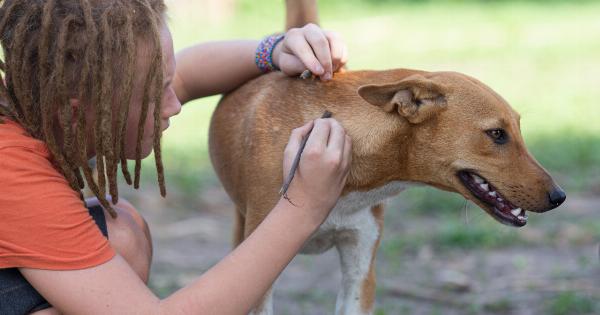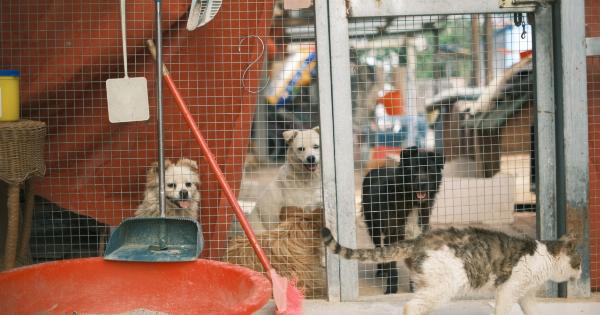As a pet owner, understanding and addressing behavioral issues in dogs is crucial for a harmonious and fulfilling relationship with your furry friend.
While dogs are generally loving and loyal creatures, they can exhibit certain behaviors that may be concerning or problematic. This comprehensive guide aims to shed light on common dog behavioral issues, their causes, and effective strategies for prevention and correction.
1. Aggression
Aggression is one of the most serious dog behavioral issues that pet owners may encounter. It can manifest in various forms, such as growling, biting, or lunging. Aggression is often caused by fear, dominance, territoriality, or lack of socialization.
It is essential to consult a professional dog trainer or behaviorist to address aggression in your dog appropriately.
2. Separation Anxiety
Dogs are pack animals, and they form strong bonds with their human companions. Separation anxiety occurs when dogs become excessively distressed or anxious in the absence of their owners.
This may lead to destructive behavior, excessive barking, or even self-harm. Gradual desensitization, engaging in calming activities before leaving, and training techniques can help alleviate separation anxiety in dogs.
3. Excessive Barking
Barking is a natural form of communication for dogs, but excessive or incessant barking can become problematic. Dogs may bark due to boredom, fear, anxiety, or territoriality.
Providing mental and physical stimulation, addressing underlying causes, and using positive reinforcement to train alternative behaviors can reduce excessive barking.
4. Destructive Chewing
Chewing is a natural instinct for dogs, but destructive chewing can be destructive, costly, and dangerous. This behavior is often a result of boredom, separation anxiety, teething, or lack of appropriate chewing outlets.
Ensuring an enriched environment, providing suitable chew toys, and consistent training can redirect destructive chewing behavior.
5. Inappropriate Elimination
Inappropriate elimination, such as urinating or defecating indoors, can be frustrating for pet owners. This behavior may be caused by incomplete house training, medical issues, anxiety, or marking territory.
Proper house training techniques, regular bathroom schedules, and addressing any underlying medical conditions can help rectify inappropriate elimination habits.
6. Jumping Up
Jumping up on people is a common behavioral issue, especially in young and enthusiastic dogs. While it may seem harmless, it can be alarming or even dangerous for some individuals.
Consistent training, positive reinforcement, and redirecting their energy towards alternative behaviors are essential in resolving this issue.
7. Pulling on Leash
Many dogs exhibit a strong pulling tendency when walked on a leash, which makes the walk frustrating and challenging for both the dog and the owner.
This behavior is often due to a lack of leash manners, overexcitement, or pulling on previous walks being rewarded. Leash training exercises, using appropriate tools like no-pull harnesses, and consistent practice can help curb this behavior.
8. Fear and Phobias
Dogs, like humans, can develop fears and phobias towards specific stimuli such as thunderstorms, fireworks, or certain objects. These fears may lead to anxious or even aggressive behaviors.
Gradual desensitization techniques, creating positive associations, and seeking professional help can help dogs overcome their fears and phobias.
9. Compulsive Behaviors
Compulsive behaviors, such as obsessive licking, tail chasing, or repetitive paw licking, can indicate underlying stress or anxiety in dogs. These behaviors often persist even in the absence of a triggering stimulus and can lead to physical harm.
Identifying and addressing the root cause of stress, providing mental and physical stimulation, and consulting with a veterinarian or behaviorist for specialized guidance are crucial in managing compulsive behaviors.
10. Unruly Behavior
Unruly behavior refers to a range of undesirable actions, such as counter surfing, stealing, or excessive jumping. These behaviors are often a result of insufficient training, inconsistent boundaries, or a lack of mental stimulation.
Consistent training, positive reinforcement, and providing outlets for mental and physical exercise can help transform unruly behavior into appropriate and desirable actions.































